Table of Contents
Introduction to Mexican Tacos
Mexican tacos are not only a beloved culinary staple but also an integral part of the rich tapestry of Mexican culture and history. Originating in the early 1900s, tacos have since evolved into a versatile dish that encapsulates regional flavors, ingredients, and traditions. Historically, the taco has roots in ancient Mesoamerican civilizations, where indigenous peoples utilized corn tortillas as a vessel for a variety of fillings. This simple yet profoundly practical combination has stood the test of time and continues to thrive in contemporary cuisine.
Tacos are emblematic of Mexican culture, serving as a culinary canvas that reflects the diverse ingredients available across different regions. From the succulent carnitas of Michoacán to the spicy fish tacos of Baja California, each type of taco tells a story about its locality and the communities that have nurtured it. Beyond their rich flavors, tacos play a significant role in social gatherings, family celebrations, and public festivals, symbolizing unity, sharing, and tradition. They are frequently enjoyed during fiestas and gatherings, emphasizing their importance in both everyday meals and special occasions.
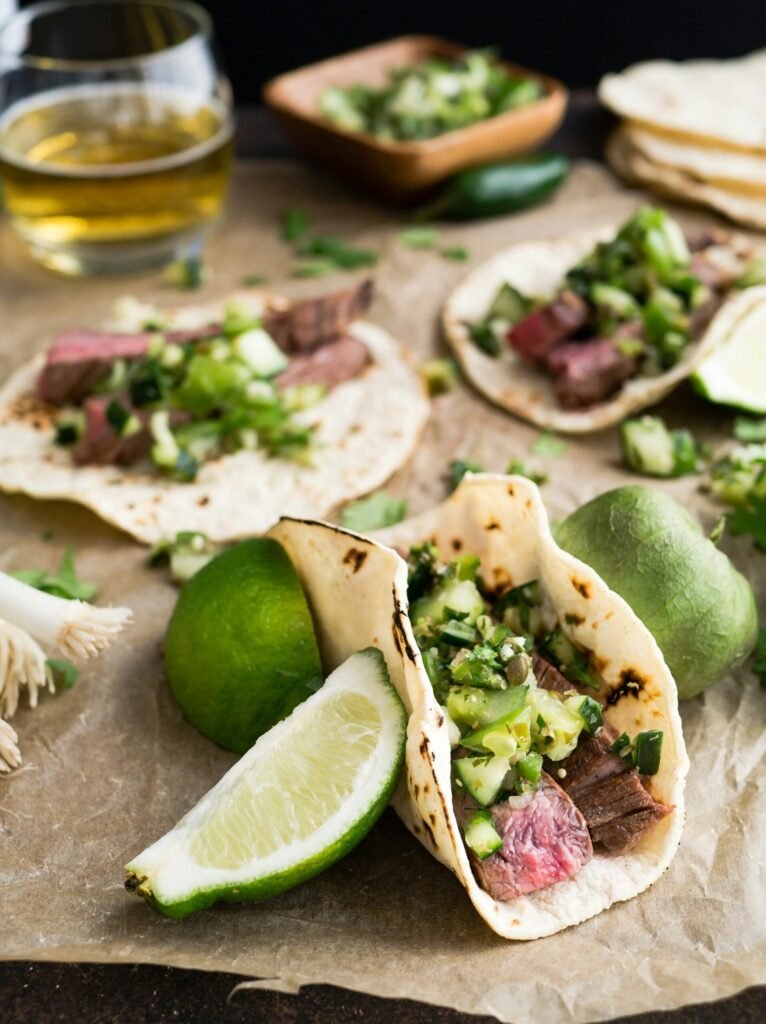
The versatility of tacos extends to their adaptations; they can be prepared with a myriad of fillings—from meats and seafood to vegetables and legumes—catering to a wide array of dietary preferences. Moreover, traditional toppings, such as fresh cilantro, onions, and salsas, enhance each taco, adding depth and richness to every bite. As such, tacos are not merely food; they embody the essence of Mexican identity, culture, and the communal spirit of dining. Through this exploration of authentic Mexican tacos, one can appreciate the complexities and historical significance that make these culinary treasures a vital part of Mexico’s gastronomic landscape.
Essential Ingredients for Authentic Tacos
To create authentic Mexican tacos, sourcing high-quality ingredients is paramount. The foundation of any taco lies in its tortilla. Traditionally, corn tortillas are preferred for their distinct flavor and texture. Made from masa harina, they offer a unique taste that complements a variety of fillings. When selecting tortillas, look for options that are freshly made, as they have a superior taste and pliability, which is essential for rolling and folding the taco.
When it comes to proteins, the choices are plentiful and varied. Common fillings include carne asada (grilled beef), pollo (chicken), and carnitas (slow-cooked pork). Each protein should be prepared with care, seasoned well, and cooked using traditional methods such as grilling or braising. In addition to meat, vegetarian options like grilled vegetables, mushrooms, or beans are also popular. For a truly authentic experience, consider using regional specialties such as barbacoa, which is slow-cooked lamb, or cochinita pibil, a Mexican dish made with marinated pork that is wrapped in banana leaves and slow-roasted.
Fresh vegetables are critical for adding flavor, texture, and freshness to tacos. Common toppings include diced onions, fresh cilantro, sliced radishes, and avocado. These ingredients not only enhance the visual appeal of the taco but also contribute balanced flavors. Additionally, various salsas should be prepared to complement the fillings; tomatillo salsa, pico de gallo, and spicy red salsa are all excellent options that can elevate the taco experience.
Finally, spices play an integral role in Mexican cuisine. Ingredients such as cumin, chili powder, and garlic should be used to season the proteins and vegetables adequately. The use of fresh herbs like cilantro can further accentuate the flavors. Together, these elements create a harmonious blend that defines the authenticity of tacos and ensures a gratifying culinary experience.
Popular Taco Fillings and Their Flavor Profiles
Tacos are a beloved staple in Mexican cuisine, and their versatility is largely attributed to the diverse array of fillings available. The choice of filling not only defines the taco’s flavor but also reflects regional culinary traditions. Among the most popular taco fillings are carnitas, barbacoa, pollo asado, and nopales, each offering a unique taste experience.
Carnitas, which translates to “little meats,” is typically made from pork that is slow-cooked in lard. This method creates tender, flavorful pieces that are slightly crispy on the edges. The carnitas are often seasoned with spices like cumin, oregano, and bay leaf, providing a rich, savory flavor. A regional favorite, particularly in Michoacán, carnitas tacos are usually served with fresh cilantro, diced onion, and a squeeze of lime.
Barbacoa, originating from the Mexican states of Hidalgo and Mexico City, traditionally consists of beef, goat, or lamb that is slow-cooked in a pit. This cooking technique infuses the meat with distinct smoky flavors and allows it to become incredibly tender. Barbacoa is typically seasoned with adobo spices and served with a variety of salsas, making it a cherished choice for taco lovers.
Pollo asado, or grilled chicken, is another favorite, especially in northern Mexico. The chicken is marinated in a mixture of spices such as garlic, chipotle, and lime juice before being grilled to perfection. This filling offers a slightly charred taste and pairs well with toppings like avocado and pico de gallo.
Nopales, the pads of the prickly pear cactus, offer a unique filling option that is both nutritious and flavorful. Often sautéed with garlic and onions, nopales have a slightly tangy flavor and firm texture that makes them a great vegetarian option. They are especially popular in central and southern Mexico, where they are often paired with cheese and fresh herbs for added depth.
Each of these fillings showcases the rich diversity of Mexican gastronomic culture, allowing for endless possibilities to explore through different preparations and regional specialties.
Delicious Taco Recipes to Try at Home
Creating authentic Mexican tacos at home can be a delightful experience that enhances your culinary skills and satisfies your taste buds. Below are three delicious taco recipes that are perfect for beginners and will help you capture the essence of traditional Mexican cuisine.
1. Simple Chicken Tacos
Preparation Time: 30 minutes
Servings: 4
Ingredients:
– 1 pound boneless chicken breasts
– 1 tablespoon olive oil
– 1 teaspoon chili powder
– Salt and pepper to taste
– 8 small corn tortillas
– Fresh cilantro, diced onion, and lime wedges for garnishing
Instructions:
1. Season chicken breasts with chili powder, salt, and pepper.
2. Heat olive oil in a skillet over medium heat; cook the chicken for about 15-20 minutes until fully cooked. Shred the chicken using two forks.
3. Warm the tortillas in a dry skillet for a few seconds on each side.
4. Assemble the tacos by placing shredded chicken on each tortilla and garnishing with cilantro, onion, and a squeeze of lime.
2. Classic Beef Tacos
Preparation Time: 20 minutes
Servings: 6
Ingredients:
– 1 pound ground beef
– 1 small onion, chopped
– 2 tablespoons taco seasoning
– 8 small flour tortillas
– Lettuce, tomatoes, and shredded cheese for toppings
Instructions:
1. In a skillet over medium heat, cook the onion until softened, about 3-4 minutes.
2. Add the ground beef and taco seasoning; cook until the beef is browned, around 5-7 minutes.
3. Warm flour tortillas and fill them with the beef mixture.
4. Top with lettuce, diced tomatoes, and cheese for a satisfying meal.
3. Vegetarian Tacos
Preparation Time: 25 minutes
Servings: 4
Ingredients:
– 1 can black beans, drained and rinsed
– 1 small zucchini, diced
– 1 bell pepper, chopped
– 1 teaspoon cumin
– 8 corn tortillas
– Avocado slices and salsa for serving
Instructions:
1. Sauté zucchini and bell pepper in a skillet over medium heat for about 5-7 minutes.
2. Add black beans and cumin; stir until heated through.
3. Warm the corn tortillas and fill them with the vegetable mixture.
4. Serve with avocado slices and your favorite salsa for a fresh, hearty option.
These delicious taco recipes are not only easy to prepare but also customizable, allowing you to experiment with different fillings and toppings. Enjoy the process of making them!
Toppings That Make Tacos Shine
When it comes to indulging in authentic Mexican tacos, the toppings can significantly enhance not only the flavor but also the overall experience. A well-crafted taco is often complemented by an array of toppings that introduce freshness, texture, and depth, making each bite memorable.
One of the most essential toppings is salsa, which comes in various forms, such as fresh pico de gallo, tomatillo salsa, or roasted salsa. The freshness of pico de gallo, made from chopped tomatoes, onions, cilantro, and lime juice, adds a bright and zesty flavor. On the other hand, roasted salsas offer a smoky profile that pairs beautifully with grilled meats. Experimenting with different salsas can elevate your taco dining experience significantly.
Guacamole is another beloved topping that provides a creamy texture. Prepared with ripe avocados, garlic, lime juice, and seasonings, guacamole not only adds richness but also balances the spices of the filling. For those who enjoy a bit of crunch, diced onions and freshly chopped cilantro are classic additions that contribute both flavor and a burst of freshness. The sharpness of onions and the herbaceous notes of cilantro create a delightful contrast to meat or vegetarian fillings.
Lastly, cheese is a topping that both children and adults enjoy. Authentic Mexican tacos often feature crumbled queso fresco or shredded Oaxaca cheese, which melts beautifully and enhances the overall taste profile. For individuals who prefer a greater depth of flavor, a sprinkle of cotija cheese can offer a salty component that ties all the toppings together. These toppings not only accentuate the ingredients within the taco but also invite a personalized touch to suit individual preferences.
Traditional vs. Modern Taco Styles
The taco, a quintessential element of Mexican cuisine, has evolved significantly over the years, giving rise to both traditional and modern styles. Traditional tacos, deeply rooted in historical practices, typically feature simple yet flavorful fillings that honor local ingredients and regional variations. Classic examples include tacos al pastor, filled with marinated pork cooked on a vertical spit, or tacos de carnitas, which consist of slow-cooked, tender pork and are often accompanied by fresh cilantro, diced onion, and a squeeze of lime. These authentic tacos celebrate the flavors of Mexico, reflecting the country’s rich culinary heritage.
In contrast, modern taco styles demonstrate a transformation influenced by global culinary trends, promoting creativity and experimentation. Gourmet tacos have become increasingly popular, featuring unusual ingredients and innovative presentations. Chefs and home cooks alike have begun to infuse international flavors into tacos, resulting in fusion options such as Korean barbecue tacos or sushi-inspired variations. These modern interpretations often employ a diverse array of fillings, such as grilled vegetables, fusion proteins, and exotic sauces, thereby appealing to contemporary palates that seek novel experiences.
Despite the dramatic shift in preparation and offerings, it is essential to recognize that modern taco styles do not entirely disregard their traditional roots. Many chefs emphasize the importance of using high-quality, locally sourced ingredients, maintaining a connection to the authentic practices that define Mexican cuisine. Moreover, contemporary taco offerings often embrace the spirit of conviviality and customization, allowing diners to personalize their meals with various toppings and salsas.
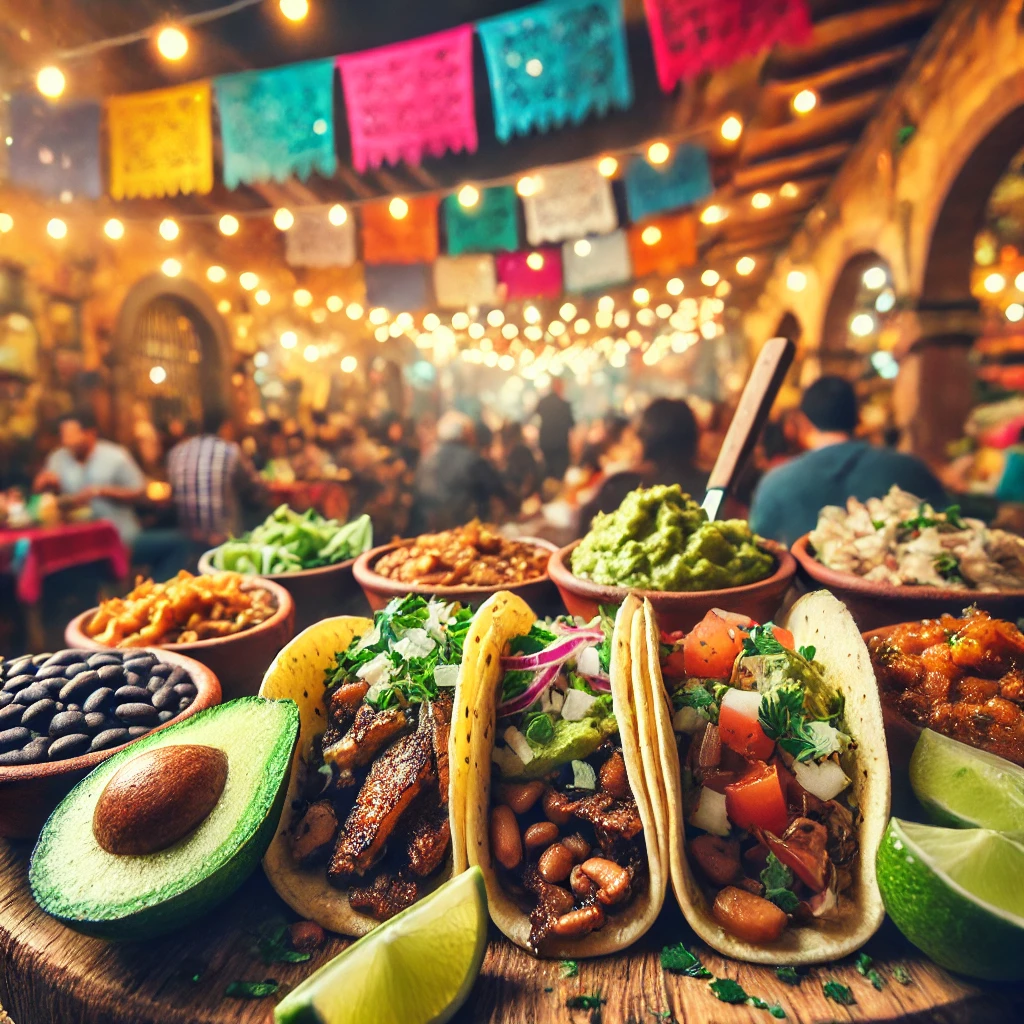
Consequently, while traditional and modern taco styles present distinct approaches to this beloved dish, both celebrate the joy of eating and share a common respect for the cultural significance of the taco in Mexican society.
Vegetarian and Vegan Taco Options
As the popularity of plant-based diets continues to rise, the demand for delicious vegetarian and vegan taco options has never been more pronounced. Tacos, a staple of Mexican cuisine, can be easily adapted to accommodate those who prefer not to consume animal products. By incorporating an array of fresh vegetables, legumes, and plant-based proteins, anyone can create satisfying and flavorful taco fillings.
One common filling for vegetarian tacos is black beans. Packed with protein and fiber, black beans can be seasoned with lime juice, cumin, and garlic for a zesty kick. Pair them with diced tomatoes, avocado, and corn for a refreshing combination that is both nutritious and vibrant. Moreover, lentils serve as an excellent alternative, as they absorb flavors exceptionally well. A spicy lentil filling can evoke the taste of traditional meat tacos, ideal for satisfying cravings without the use of animal products.
Vegetables also play a crucial role in plant-based tacos. Roasted bell peppers, zucchini, and mushrooms can be marinated in a mixture of olive oil, chili powder, and lime juice before being grilled or sautéed. This technique enhances their natural flavors while providing a hearty texture reminiscent of more traditional taco ingredients. Additionally, crispy cauliflower is gaining popularity; when coated in a spicy batter and baked until golden-brown, it can mimic the texture of fried meat for a delightful taco experience.
For those seeking recipes, one simple option is to create a taco bar featuring a variety of toppings. Provide corn tortillas alongside an assortment of fillings such as roasted veggies, beans, sautéed greens, and fresh herbs like cilantro. Condiments such as salsa, guacamole, and dairy-free sour cream can elevate the dish. Through these versatile vegetarian and vegan taco options, anyone can enjoy the authenticity of Mexican tacos, with a satisfying choice that caters to diverse dietary preferences.
Tips for Assembling the Perfect Taco
Creating the perfect taco is an art that balances flavor, texture, and presentation. To achieve this balance, first consider the choice of tortilla, which serves as the foundational element. Corn tortillas are traditionally favored for their authenticity, offering a subtle flavor that complements the fillings. Ensure the tortillas are warm and pliable, as this enhances their ability to hold the ingredients without tearing. A well-heated tortilla ensures a pleasant dining experience. Most importantly, the tortilla-to-filling ratio is crucial; typically, a taco should not be overstuffed, as this can undermine its overall appeal.
When it comes to layering the fillings, begin with a base layer of meats or proteins. Whether it’s a succulent carne asada, slow-cooked carnitas, or seasoned beans for a vegetarian twist, this base should occupy only a third of the tortilla’s surface. Follow this with additional fillings, such as sautéed vegetables, fresh herbs, or specialty cheeses, to introduce texture and complementary flavors. consider incorporating soft textures and crunch to achieve a satisfying mouthfeel. This can be accomplished with the addition of creamy avocado or guacamole paired alongside crisp lettuce or radish.
Top the taco with salsas, which contribute both flavor and visual appeal. A brightly colored pico de gallo adds freshness, while a rich mole can provide depth. Don’t hesitate to finish it with a drizzle of lime juice for acidity, which brightens the overall taste. Finally, consider the presentation. A well-assembled taco should be visually enticing. Using wooden or ceramic serving boards can enhance the aesthetic, encouraging guests to enjoy both the appearance and flavor of their meal. With these tips, assembling an authentic Mexican taco can transform a simple meal into an unforgettable experience.
Conclusion and Embracing Taco Culture
In conclusion, tacos are much more than just a meal; they represent a vibrant aspect of Mexican culture that celebrates versatility and creativity in culinary practices. The multitude of options for fillings and toppings allows individuals to tailor their tacos to personal preferences, accommodating a wide range of tastes and dietary needs. From the classic carne asada to innovative vegetarian choices, the possibilities are endless, making tacos an inviting choice for any occasion.
Moreover, the communal aspect of enjoying tacos enriches the experience, turning a simple meal into a delightful social event. Sharing tacos with family and friends fosters connections and memories, each bite encapsulating the warmth of shared laughter and conversation. The simple act of gathering around a table laden with an array of fillings and toppings provides an opportunity to explore diverse flavors and culinary traditions, embodying the spirit of togetherness.

As you embark on your taco journey, consider experimenting with various ingredients to create unique combinations that reflect your personal flavor preferences. Don’t hesitate to incorporate seasonal vegetables, local produce, and even international influences into your taco creations. By doing so, you not only honor the traditional aspects of authentic Mexican tacos but also carve out your own niche within this beloved food culture.
Encouraging a culture of sharing is essential. Documenting your taco-making experiences and sharing them with friends and family can inspire others to join in on the fun. Additionally, attending local taco festivals or visiting establishments that specialize in authentic Mexican tacos can broaden your understanding and appreciation of this culinary delight. Ultimately, embracing taco culture enriches our culinary repertoire and cultivates connections in our communities.

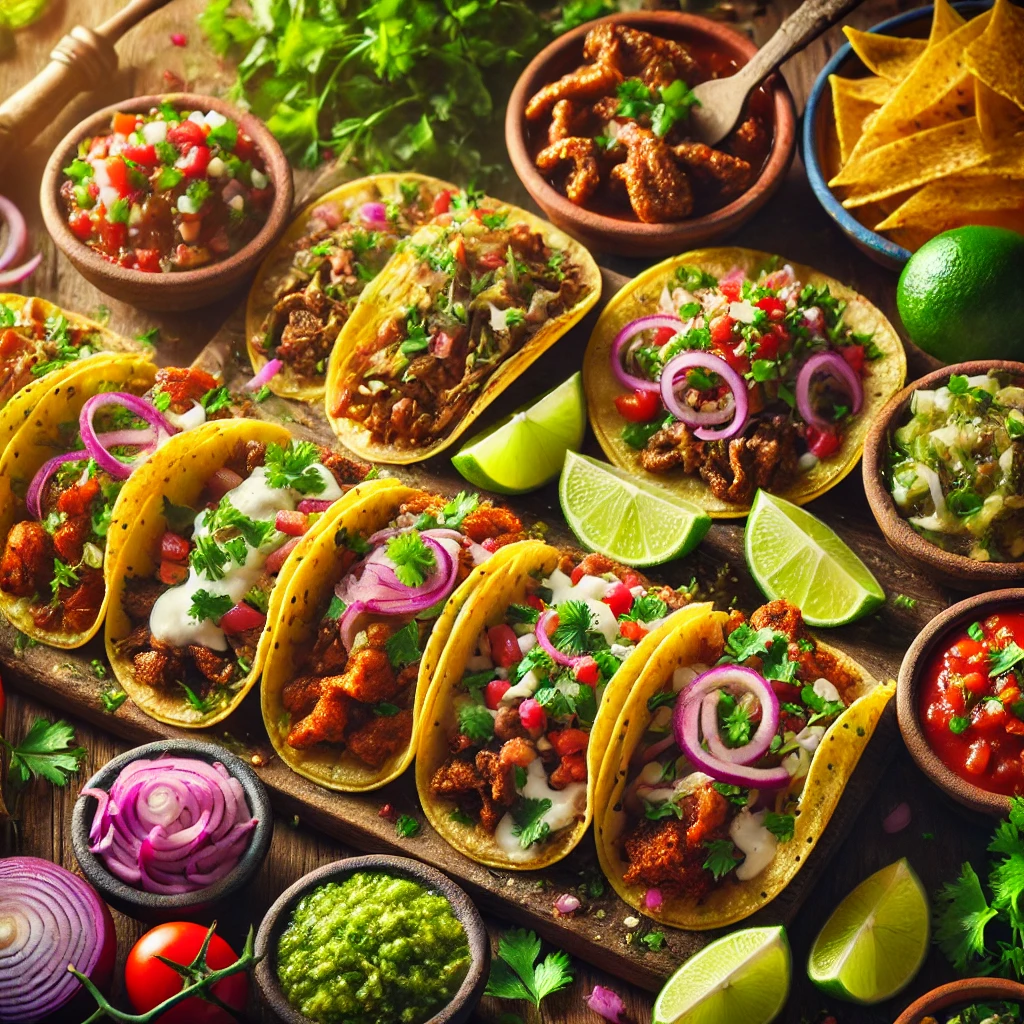
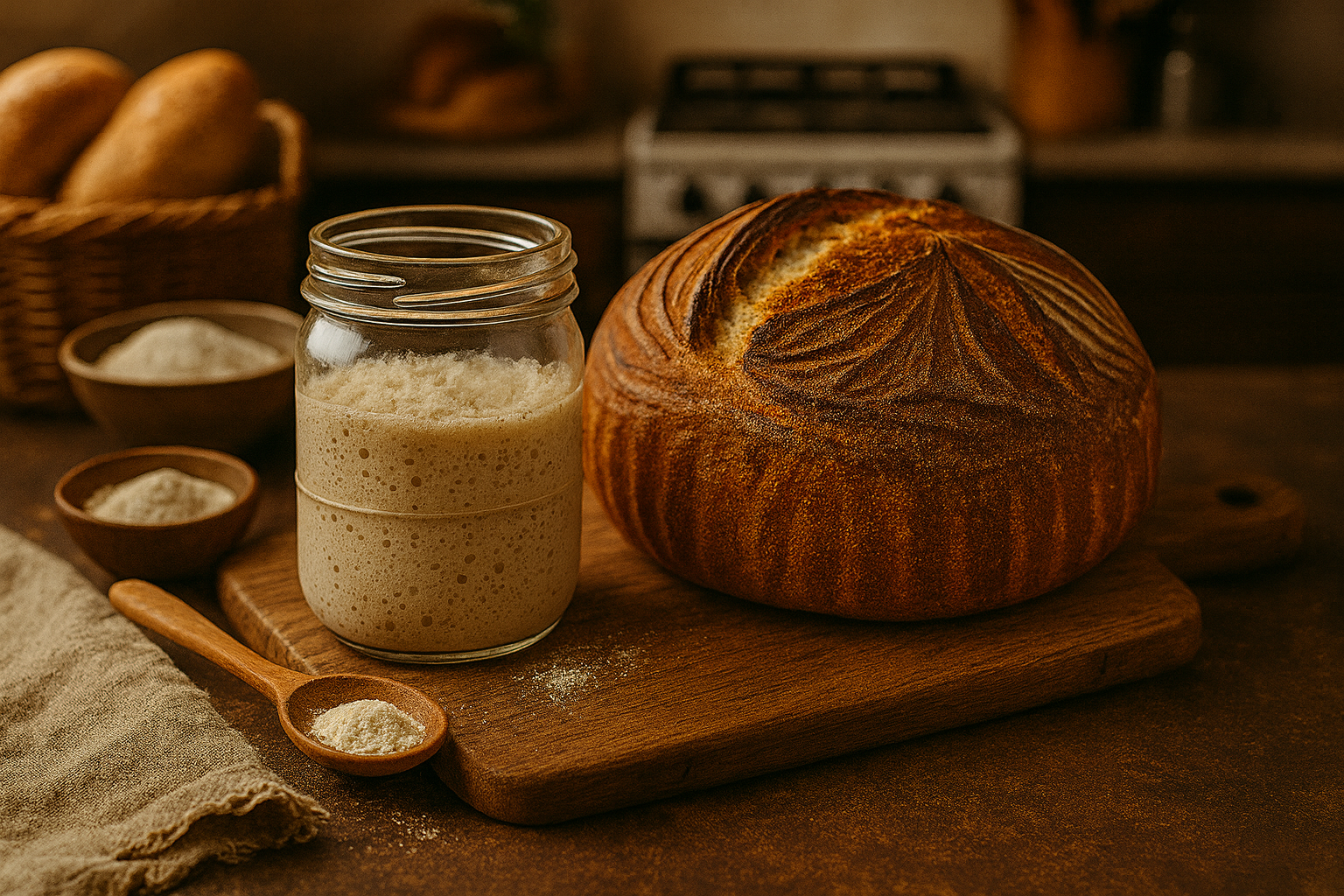
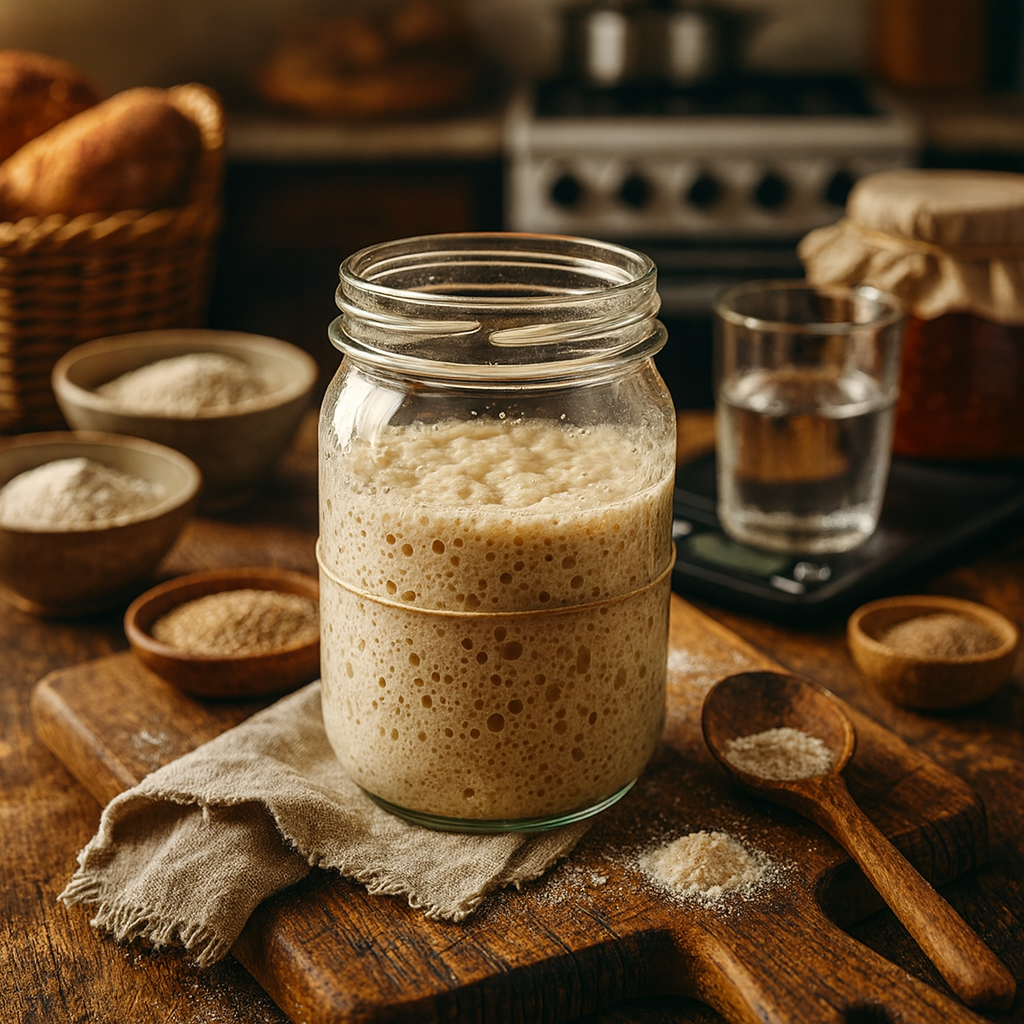
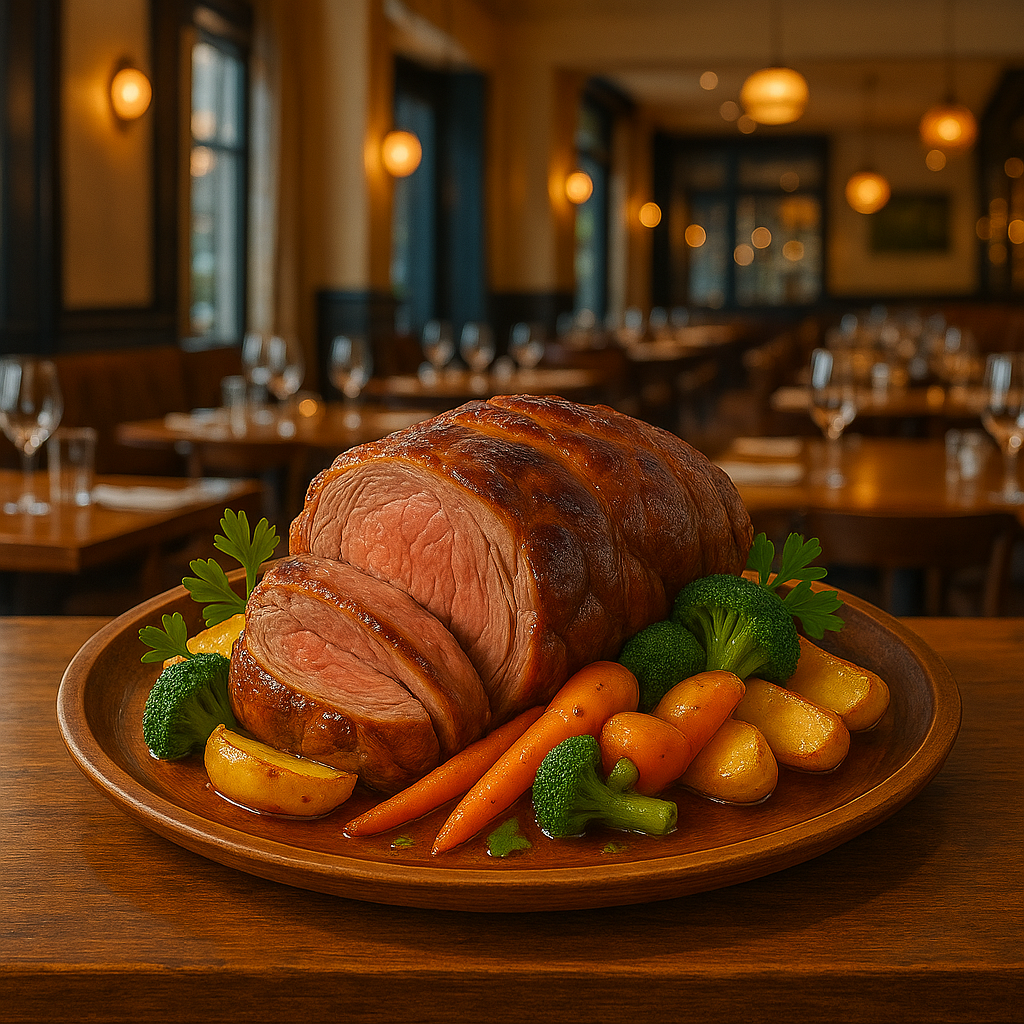

Great read! I found some useful takeaways that I’ll definitely apply. Thanks for sharing.
You brought up some excellent points I hadn’t considered. Appreciate the new perspective.v
Really insightful post! I appreciate the clarity and depth you provided here.
What i don’t realize is actually how you are no longer actually much more well-preferred than you might be right now.You’re very intelligent.
You understand thus significantly in the case of this subject, made me individually consider it from so many numerous angles.
Its like men and women don’t seem to be involved until it is one thing to
accomplish with Lady gaga! Your own stuffs nice.
At all times maintain it up!